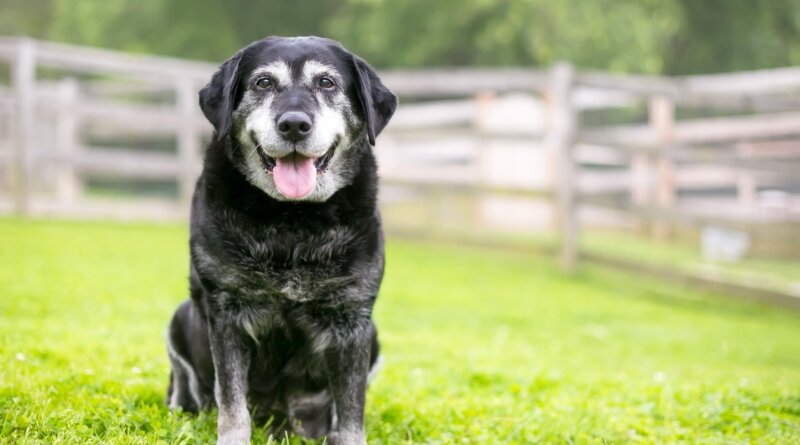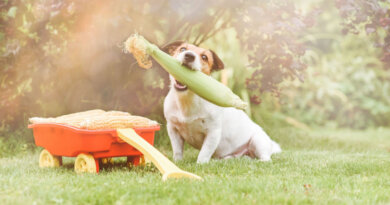Exercising Senior Dogs | Cesar’s Way
I get many questions about how the fulfillment formula – Exercise, Discipline, then Affection – changes as the dog age and doesn’t require as much physical activity and energy draining. Here are some tips to keep in mind as your dog enters his senior years.
I always stress how important it is to get a dog that fits your energy level and lifestyle, but at some point, even the highest-energy dogs that are in great health will slow down as they enter their senior years.
Nothing is more important than prevention, so it’s vital that you provide exercise, a nutritious diet, and supplements as needed and recommended by your vet throughout your dog’s life. Alternative medicine treatments, like acupuncture, are becoming increasingly popular for all kinds of conditions, especially arthritis, which is common in older dogs who have been very active.
Swimming is an excellent activity for dogs of all ages, but it is particularly good for older dogs because it is low-impact and easy on their weakening joints and muscles. Swimming also builds strength, is suitable for their conditioning, and is naturally relaxing and comforting to most dogs. Also, consult your vet about the best joint health supplement for your dog. I recommend Vetz Petz Antinol because it contains a unique PCSO-524, which has been scientifically and clinically tested and proven to support joint health.
When we think of aging, we think of medical conditions. But for many dogs, they age without any sign of illness at all. When Daddy was a senior, he had minimal physical desires. He would get tired walking from my house to the neighbor’s house – it was like walking miles and miles for him – and we celebrated that walk the same way we did when he was younger, and we’d return from a two-hour Pack Walk.
As he aged, it was not so much about the time spent walking but about allowing him to stay where he wanted to be. This was his revised fulfillment formula. Daddy still wanted to be outside and experience nature, but he didn’t need to do it with the one, two, and three-year-old pups. He could do it right in the backyard.
Tailoring the fulfillment formula as a dog ages to fit his needs is something that many humans have a hard time with. It’s no different than the fears we have about aging as humans. But this is a natural part of life, and honoring that life is keeping your dog.
You don’t have to feel like you’re no longer giving the dog rules, boundaries, and limitations if you, for example, bring them their food instead of making them come to the kitchen or the yard to eat. “Room service” at this stage of life is acceptable. Remember that their body doesn’t match the mind anymore – they might have trouble controlling their bladder, which isn’t something to punish. It results from the kind of care we provide our dogs in this country and worldwide. You’re not going to see a 14-year-old dog in a third-world country very often; they don’t have the same kind of care and nutrition.
Remember that you don’t need to provide stimulation at this senior stage of life. What you want to provide is relaxation. Give the dog a massage, help them when they need it (like using a ramp as you would for an older person who has difficulty getting upstairs), and be patient. Enjoy this time and celebrate their life!




